This is Why Aesthetic Practitioners Don’t Patch Test Fillers

Calls for aesthetic practitioners to patch test fillers have been circulating following a recent incident in Lancashire, UK.
Charlie Michael Bake was 16 years old when he started getting facial fillers as part of a social media influencer agreement. This saw him receiving 18 filler treatments within a 3-month period.
Now 18, Charlie - a best-selling author - has spoken out about how these sparked the “worst case of psoriasis doctors have ever seen”.
Treatments for this psoriasis flare, which now affects his entire body, have so far failed. “I've even been on immune-suppressants. I've got an appointment in a month with an NHS dermatology specialist, and they are thinking about putting me on chemotherapy tablets,” he told Bristol Live.
He believes the injector over-filled his face and should have carried out a patch test.
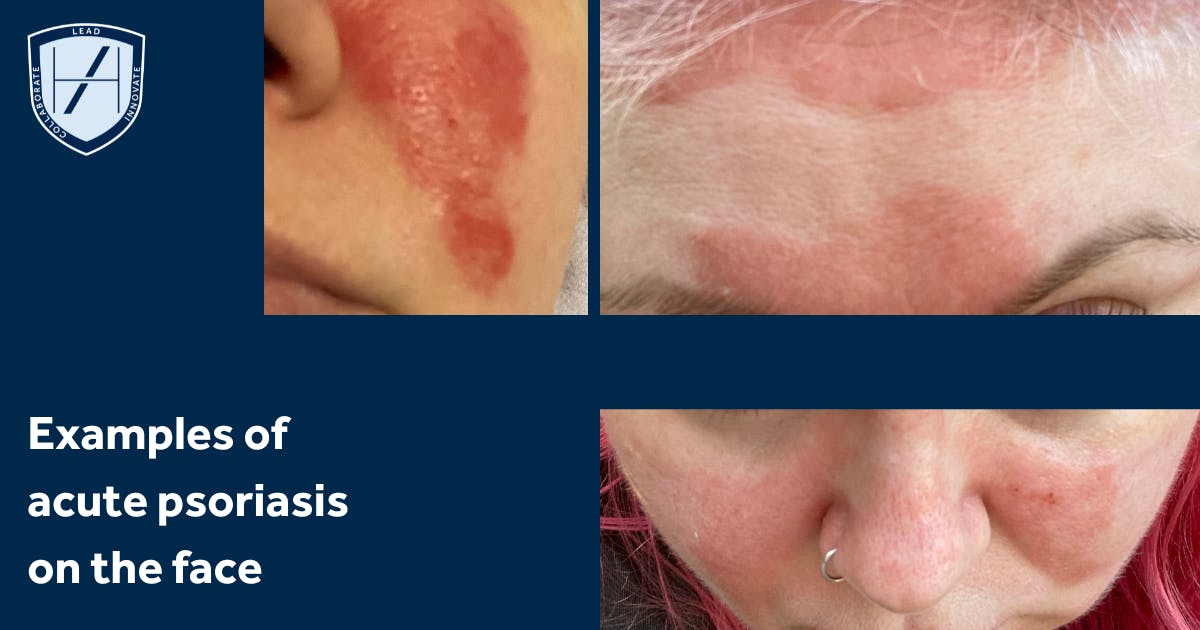
Campaigning for pre-filler patch tests
Charlie told the publication that he believes patch testing before filler treatments should be a legal requirement.
“There should be like a law in place to protect people like me,” he said. “I can't even imagine how much I've paid in private healthcare costs - and how much I cost the NHS from having these procedures.”
He does concede that the underlying propensity for psoriasis is known to lay dormant until activated. Triggers can include any kind of skin trauma, from injections and scratches to sunburn and bee stings. As such, the act of injecting the skin may have been sufficient to provoke a psoriatic reaction.
Whilst we sympathise with the shocking experience he’s been through and Charlie’s attitude is understandable, patch tests are not advised for filler treatments. We spoke to aesthetic medicine expert and Harley Academy Chief Marketing Officer, Dr Marcus Mehta to find out why…
Why patch tests aren’t carried out before filler treatments
“95 per cent of the fillers administered in the UK are made of hyaluronic acid. These are usually mixed with a small amount of local anaesthetic or lidocaine,” explains Dr Marcus.
“The chance of having an allergic reaction to a high-quality hyaluronic acid gel is very, very rare. It’s worth noting there are over 400 hyaluronic acid gel fillers on the market, of which there’s probably less than 10 that you would want injected into your face. This is due to the poor state of aesthetics regulation in the UK,” he laments.
“Often when looking for a good hyaluronic acid gel filler you want to look to see if those fillers are FDA-approved. This means they’ve been through rigorous clinical trials to make sure that they’re safe and well-tolerated in humans.”
He states, “We don’t do patch tests for hyaluronic acid-based fillers as these are so, so well tolerated in patients. I’ve injected over 10,000 syringes of filler and I’ve never, ever had an allergic reaction to the gel filler itself.
“Usually, if there is an allergic reaction - which is extremely rare - it’s to the local anaesthetic or the lidocaine within the gel. Again, this is not something I’ve come across, but it’s why we make sure when we’re screening patients that they don’t have any medical allergies.
“We check if they’ve had local anaesthetics before, whether that’s dental work or any other procedure, to see if they’ve had an allergic reaction to lidocaine before. If they haven’t, the chances of having an allergic reaction to the lidocaine is very, very rare.”

Importance of using evidence-based filler products
“After reading the article, it does seem to me that there are probably some pieces of information missing,” suggests Dr Marcus. “The reaction you see on the patient’s face is one of very, very extreme psoriasis. The chance of that being from a well-executed filler treatment alone is very rare.”
You can see the pictures charting the extent of Charlie’s psoriatic reaction on the Bristol Live website.
“Again, it’s important to know what has been injected,” stresses Dr Marcus. “Fillers vary massively in where they’re from, where they’re manufactured, what’s inside some of them. There are all sorts of black market products available in the UK at the moment. It’s hard to know what’s in these gels and what could trigger a reaction like this.”
We’ve previously written about the issues with counterfeit aesthetic medicine products, as well as those that are purchased from unreliable sources. The risks associated with buying fillers from unreputable suppliers are not worth the cheaper price tags.
Under-age filler treatments and other red flags
“There are also a number of other worrying aspects when I read the article,” shares Dr Marcus.
Injectables patients must be over 18
“The fact that this patient was 16 when he was first injected, which is under age. Patients should only be having these treatments if they’re over the age of 18 at least. In our clinics - The Academy Clinic - our Harley Academy training clinic - and STORY Clinics - we only treat patients over the age of 21.
“It’s vital to be sure that they really understand the risks involved and the long-term implications of having any cosmetic injectables,” he stresses.
“If they’re performed well, fillers can be amazingly powerful treatments and can deliver really good results. But they can often be carried out by inexperienced, non-qualified people and, as a result, these kinds of things do happen.”
Potential issues with influencer arrangements
“Another worrying part of this is the whole influencer-based agreement with content being provided and free injectables being given,” says Dr Marcus.
The article quotes Charlie as saying the person who carried out his filler treatments “had worked with influencers and big TV celebrities” so he “had no worries about her ability to carry out the procedures”.
Dr Marcus warns, “When you have a situation like this, where an injector is doing these treatments for free in exchange for publicity of her services, it can always be a difficult one. Treatments can be carried out that aren’t appropriate, a lot of the time these treatments may be filmed - so are they being conducted in the most sterile environment?”
He adds, “Fillers are a medical procedure and often we’re injecting these gels down onto bone in the face - the zygoma, the cheekbone, for example. If it’s not absolutely clean when we’re doing that, we can carry infection, we can carry bugs into the skin and cause really serious complications in the face.
“These infection risks are in addition to the risks of established filler complications such as vascular events that can occur if the injector is inexperienced or not qualified.”
Where the law currently stands on aesthetics procedures in England
Patients must be over 18 years of age for cosmetic injectables in England. This law was passed in 2021. To date, this is the only legally mandated requirement relating to the practice of aesthetic procedures in England.
An aesthetics licensing scheme, whereby every practitioner conducting non-surgical cosmetic procedures in England will require a licence to practice - and one for their premises - was mooted in 2023.
As part of this licensing process, a specific level of aesthetics education or qualification required to be eligible for a licence will need to be defined.
We are still awaiting an update on the consultation responses to the first government proposals on this, from 2024. With mounting pressure on the Health Secretary, Wes Streeting, to regulate aesthetics to safeguard the public, an update announcing their plans is expected by Spring 2025.
How should aesthetics practitioners deal with this type of reaction to filler?
We asked Dr Marcus how he would recommend clinicians respond if they were in the scenario Charlie Michael Bake has shared.
“I’ve personally never seen a reaction like this in my career over the last 10 years,” he confirms. “If I had come across this, or we saw any kind of reaction, the best course of action would be to refer them to one of my colleagues who would be a consultant dermatologist. They could take a further look and manage the patient’s current active skin condition.”
Dr Marcus highlights, “It does note in the article that the injector carried on injecting despite seeing these skin changes, which is obviously the wrong thing to do.
“As a medical profession, we should be offering our patients a holistic level of care. We should be able to care for them from every aspect, including the psychological aspect.
“With our field’s patient base, unfortunately, we do sometimes see patients who are vulnerable, not in a great place, and who are often not suitable for cosmetic treatments. They should be referred on for other therapy or treatments that will help them with their mental health from the point that they contact us.
“Similarly, if a patient has an active skin condition - as in this case - or a skin condition that’s outside the scope of injectable treatments, and you, as an aesthetic practitioner, are not experienced in managing this condition, they should be referred to someone who is so that they receive the best standard of care for their concern.”
Make sure your botox and filler courses cover ethical aesthetic practice
Aesthetics training is not simply about learning to inject. As a healthcare professional, you should expect an education that aligns with your medical ethics.
Patient safety and evidence-based practice are at the core of Harley Academy’s aesthetics courses.
We approach aesthetics training for doctors, dentists, nurses and clinical pharmacists from a holistic perspective. You’ll receive technical training in how to consult and treat patients, and a working understanding of facial anatomy and products, but more than this, you’ll develop the knowledge to expand your patient care in the right way. Learn how to build trusting relationships with your clients, not just because it will help you to attract a loyal patient base, but because it’s the right thing to do.
If you’re looking for aesthetics courses that align with your ethical beliefs and allow you to deliver the results patients are looking for, in the safest possible way - including preventing and managing complications - contact our team today.
They’ll listen to you, answer all your questions about starting your aesthetic medicine career, and recommend the best injectables training for your needs. Simply book a call with them for a day and time that suits you.
Alternatively, check out our course matchmaker quiz to get a steer for which pathway we recommend based on a number of factors that are important to you.
People often say that ‘aesthetics is over-saturated’ but, in truth, there is actually a growing demand for qualified, ethical and effective medical aesthetics practitioners.
All information correct at time of publication
Download our full prospectus
Browse all our injectables, dermal fillers and cosmetic dermatology courses in one document
By submitting this form, you agree to receive marketing about our products, events, promotions and exclusive content. Consent is not a condition of purchase, and no purchase is necessary. Message frequency varies. View our Privacy Policy and Terms & Conditions
Attend our FREE open evening
If you're not sure which course is right for you, let us help
Join us online or in-person at our free open evening to learn more
Our Partners


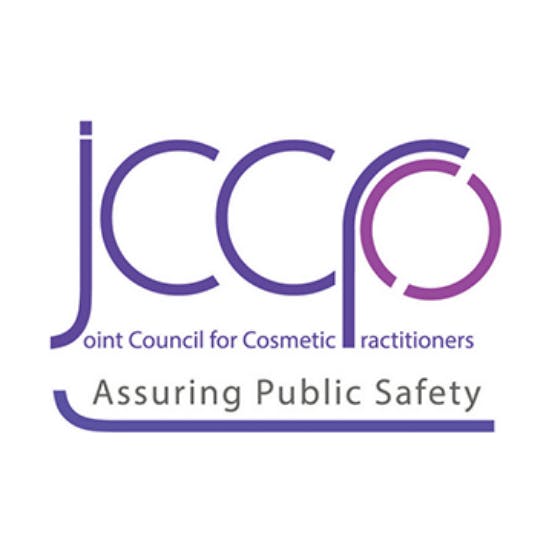

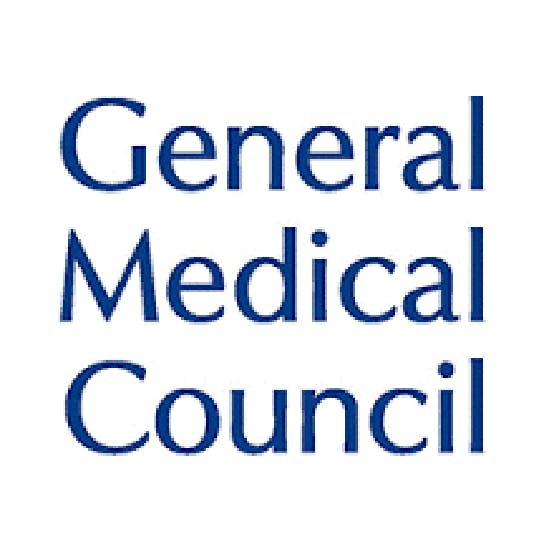


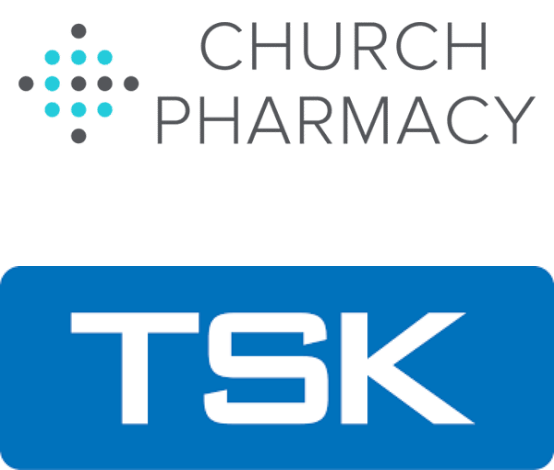

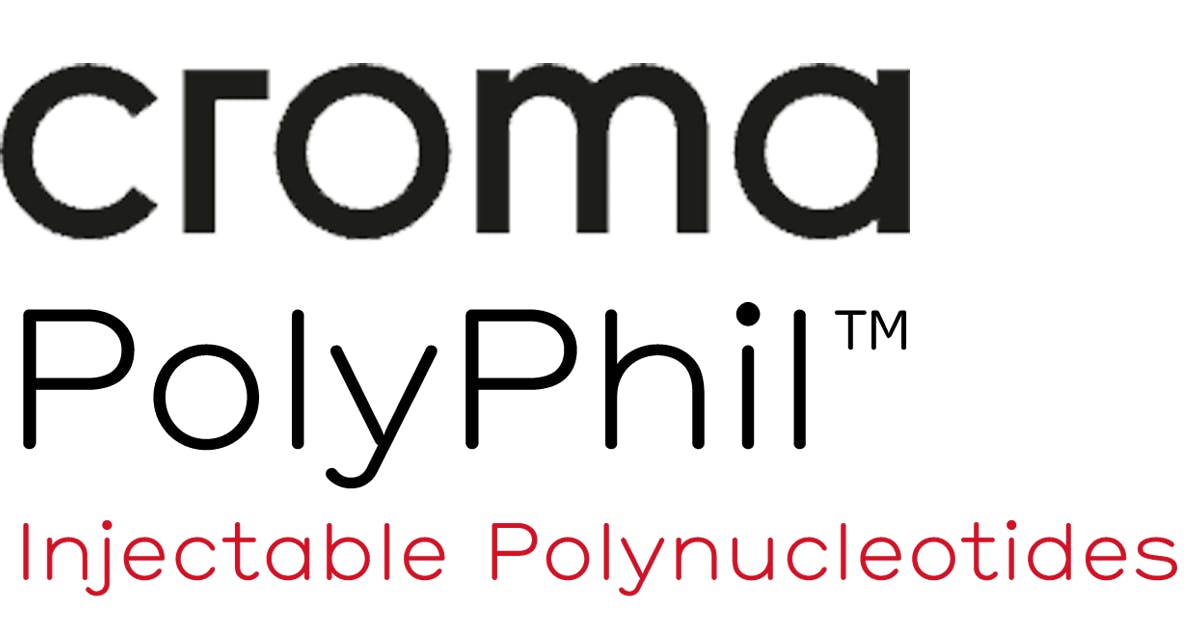



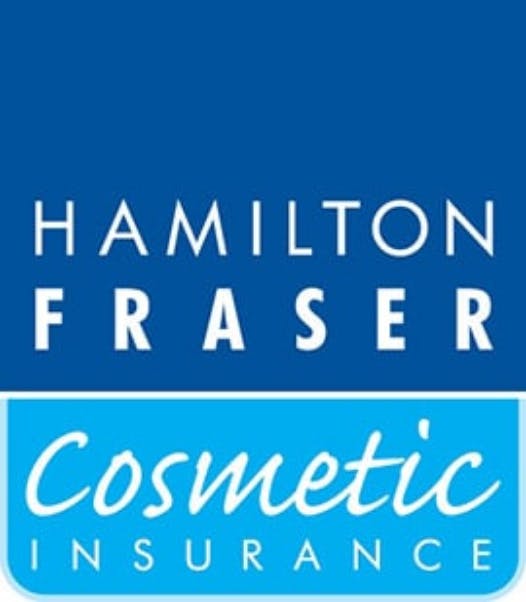
STAY INFORMED
Sign up to receive industry news, careers advice, special offers and information on Harley Academy courses and services


